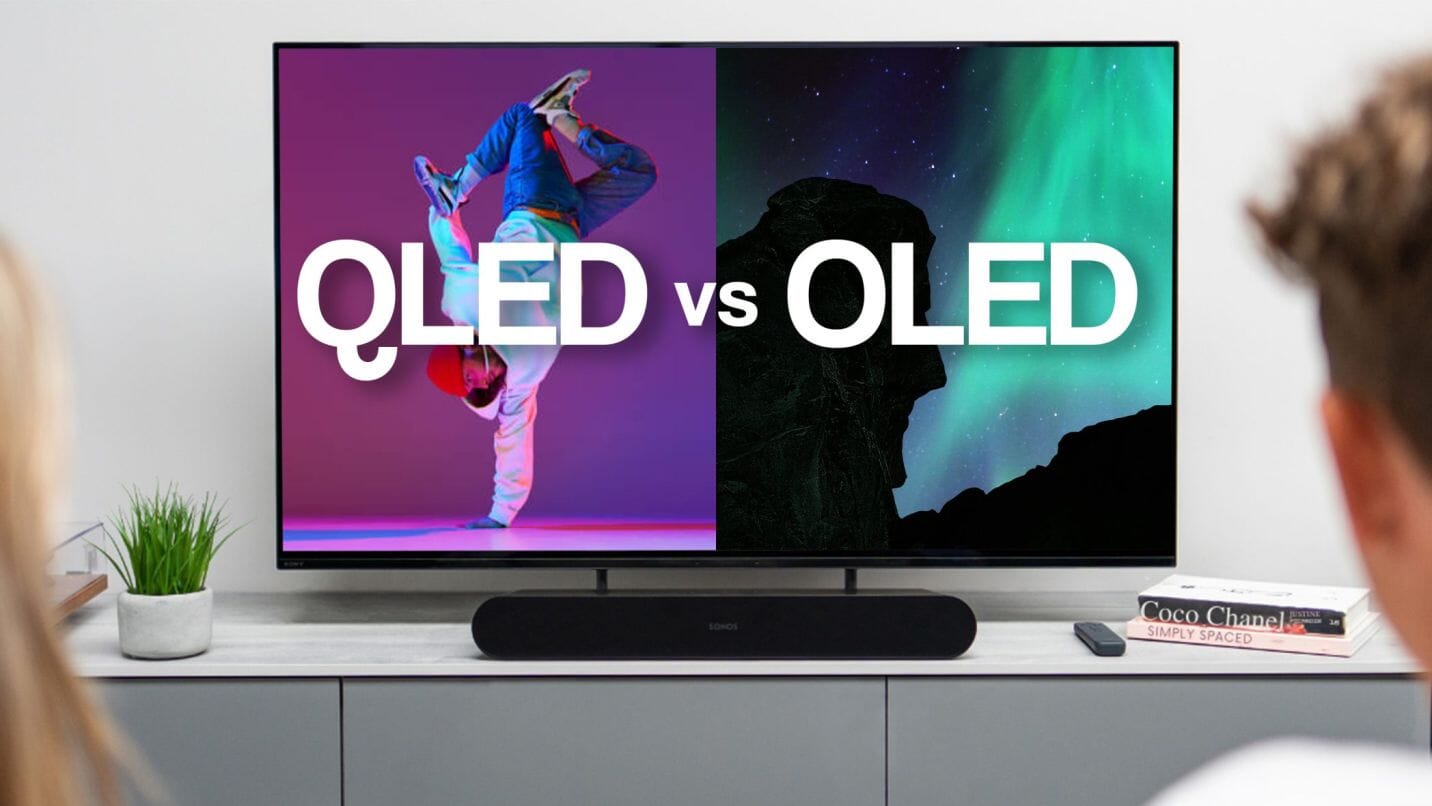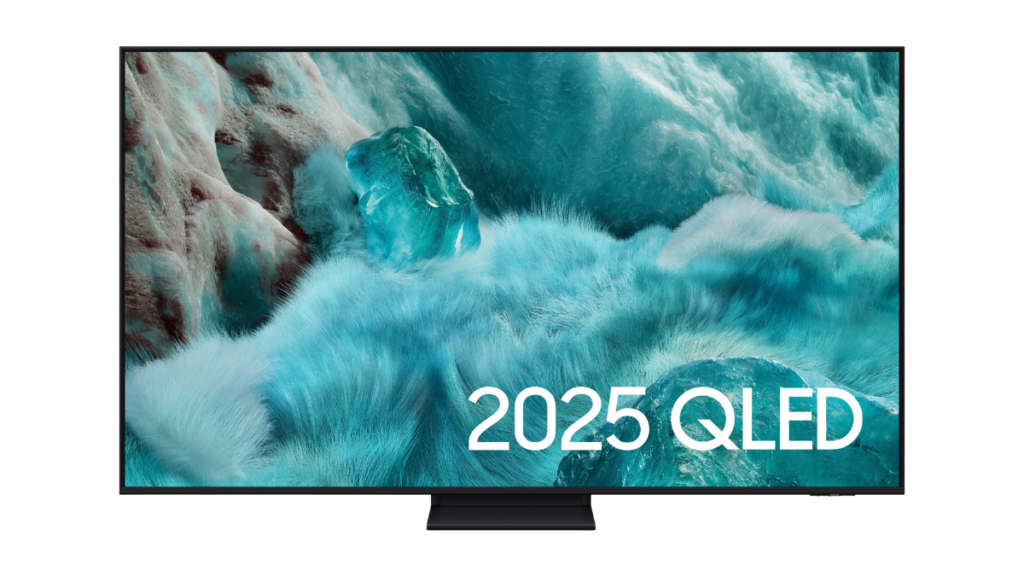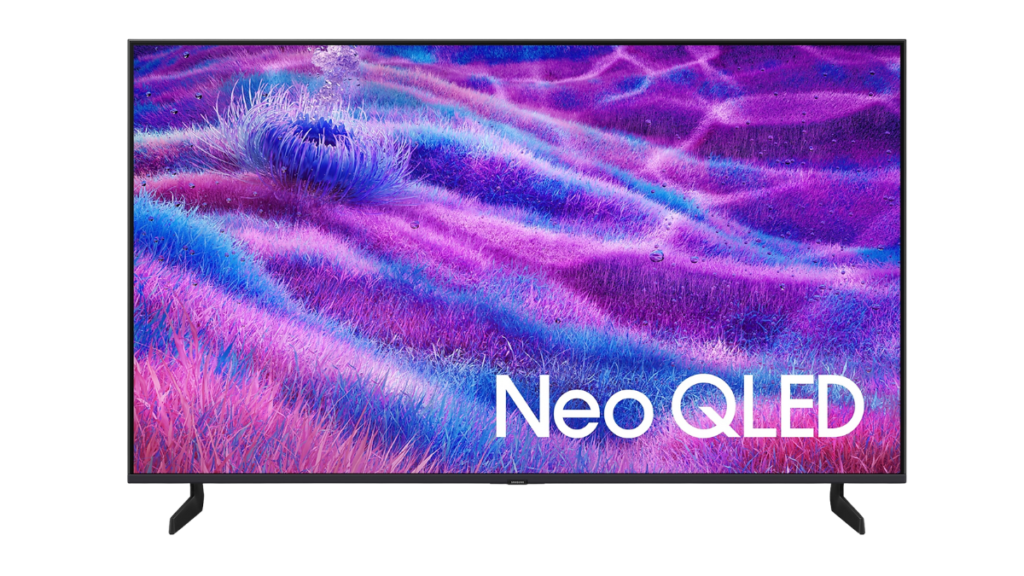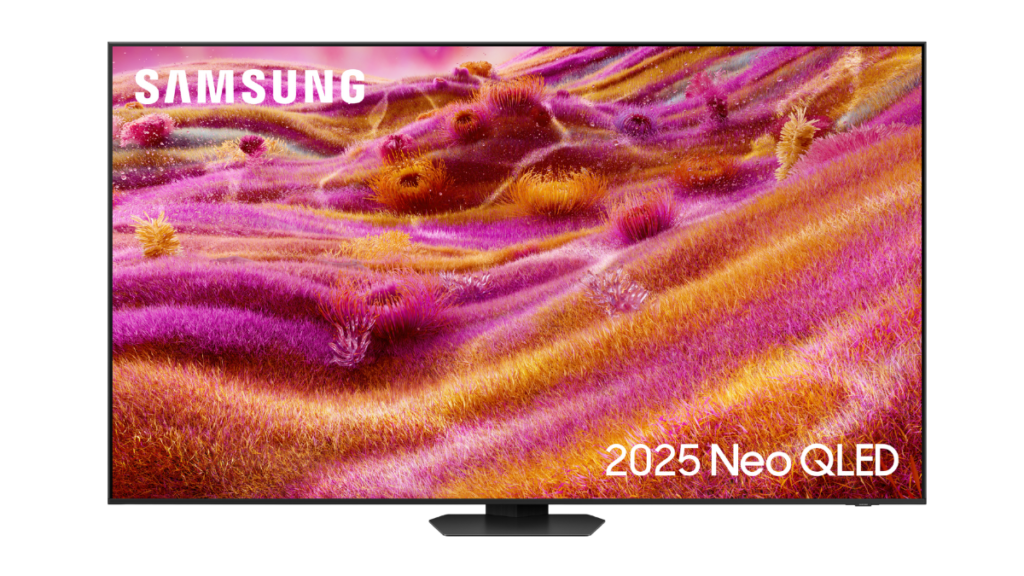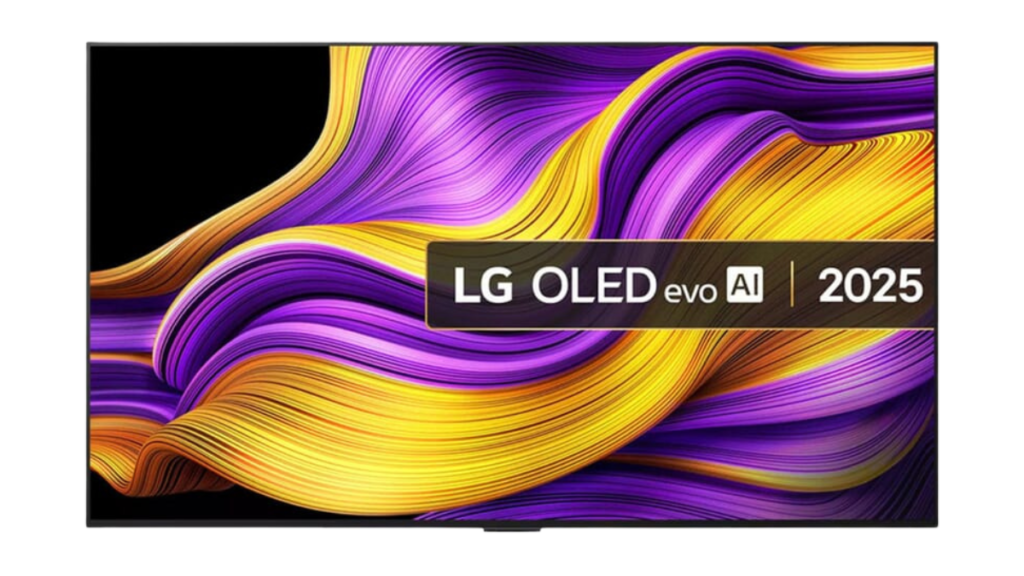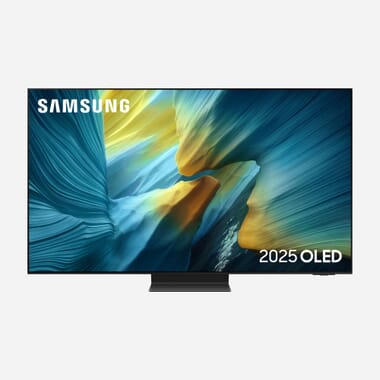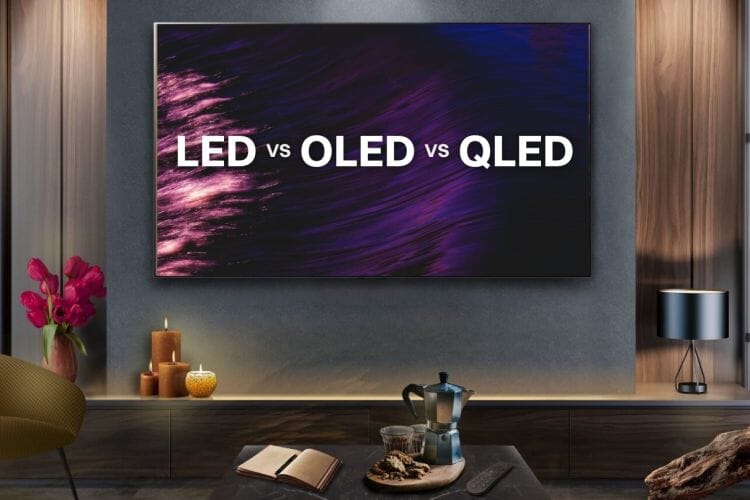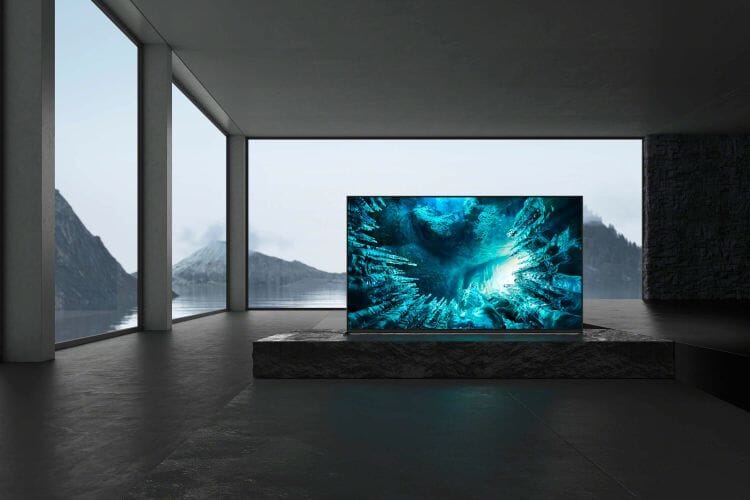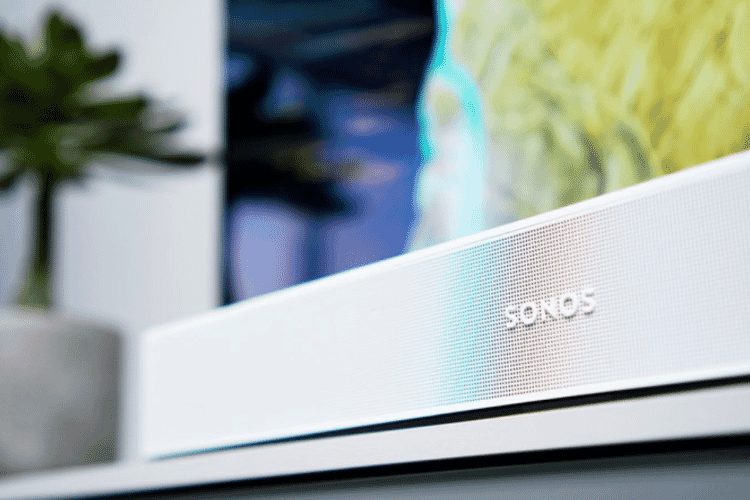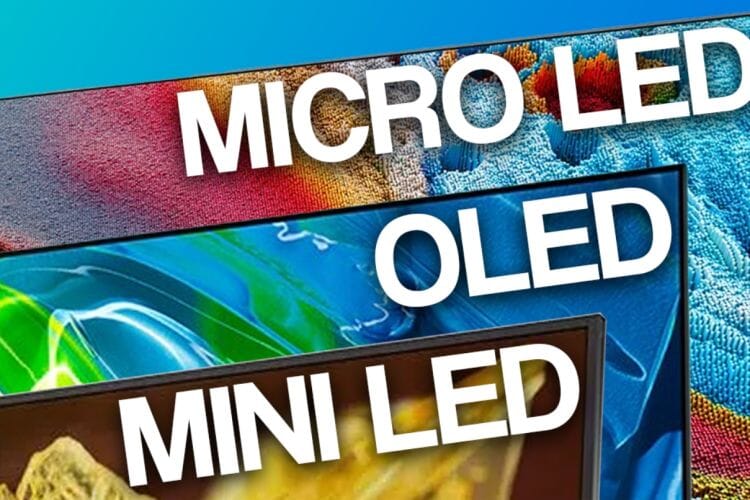QLED vs OLED: What's The Difference?
When shopping for a TV, you might come across acronyms like QLED and OLED. While they look almost identical on paper, these are actually two completely different TV panel types, and both offer their own set of advantages and disadvantages that are essential to know when choosing the right TV for your space.
In this guide, we'll break down exactly how OLED TVs and QLED TVs work, highlight their key differences, and help you figure out which technology type is right for you.
In 2025, the TV landscape is more competitive (and confusing) than ever. Technologies like QD-OLED, Tandem OLED and Mini LED are now major players alongside traditional OLED and QLED. So while shoppers have more options, making the right choice requires cutting through the jargon. That's exactly what this guide is here to help with.
Jump To:
1. What Is QLED?
2. What Is OLED?
3. QLED vs OLED: Which Is Better?
4. QLED vs OLED: Which Should You Buy?
If you’re still in the early stages of your research journey, then you might find our Complete TV Panel Type Buying Guide helpful:
What Is QLED?
Developed by Samsung, QLED (which stands for Quantum Dot Light-Emitting Diode) is a TV display technology that works similarly to conventional LED/LCD TVs.
Where traditional LED TVs use a white backlight and colour filters to create the image on screen, QLED TVs still use an LCD panel, but they use a blue backlight that shines through a layer of quantum dots to produce the image.
These quantum dots convert the blue light into various colours that you see on-screen, resulting in a wider and more accurate colour range.
This wider colour range means QLED TVs can display vibrant colours at any brightness level, from dark, shadowy scenes to bright explosions. They also excel with HDR content, offering stunning contrast and detail in both highlights and shadows.
To put it simply, a QLED TV is just like a traditional LED TV, except they use a blue backlight and, most importantly, quantum dots to unlock a wider and richer spectrum of colours.
Are QLED TVs Worth It?

| QLED Pros | QLED Cons |
| ✅ Accurate and vibrant colours | ❌ Can experience motion blur |
| ✅ Higher brightness levels | ❌ Blacks not as deep as OLED |
| ✅ Enhanced contrast | ❌ Potential for blooming |
While both LED and QLED TVs use a backlight to illuminate the screen, these quantum dots act like colour enhancers. They take the light from the backlight and manipulate it to create a visibly wider range of colours compared to traditional LED TVs, which translates to a richer, more vibrant picture on your screen.
Although QLED TVs boast stunning colours, some downsides do exist. The use of a backlight can cause blooming (haloing), and the quantum dots can’t quite match the true blacks produced by OLED. Fast motion scenes might blur due to limitations in handling rapid lighting changes, and viewing angles can be slightly limited because of the backlight technology.
Who Are QLED TVs Right For?
QLED TVs are a perfect choice for bright living spaces. Their higher brightness levels ensure great picture quality, even in sunny rooms. Plus, they handle a wide variety of content well, making them ideal for all your viewing needs.
💡 What About Neo-QLED?
Now you might’ve heard of the term Neo QLED in your hunt for a new TV. Neo QLED is another Samsung developed display technology that is essentially an upgraded version of QLED technology.
The biggest difference between Neo QLED and QLED TVs is the backlight they use. While QLED TVs use traditional LEDs, Neo QLED TVs uses what’s known as mini LEDs to illuminate the screen. These mini LEDs are significantly smaller than standard LEDs, allowing for thousands more to be packed behind the screen.
The use of more Mini LEDs means the TV will have more backlight zones, which enables Neo QLED TVs to achieve more precise dimming control.
This leads to deeper blacks, brighter whites, and overall better contrast compared to QLED. Samsung also claims that Neo QLED TVs benefit from improved colour accuracy and wider colour gamuts, which also help to improve the visual experience and push the likes of OLED much closer.
For more on Mini LED, read our Mini LED vs. OLED vs. Micro LED: Pick Your Perfect TV Panel blog.
Our Favourite QLED & Neo QLED TVs
What Is OLED?
OLED stands for Organic Light-Emitting Diode, and these TVs are lauded for their cinematic picture quality and are the top competitor to backlit LED or LCD TVs.
Unlike LED TVs, OLED panels don't require a backlight. Rather, each individual pixel generates its own light and colour, allowing for near-perfect blacks, incredible contrast, and wide viewing angles.
If you really want to sound like an expert, you can use the term "self-emissive" when talking about OLED TVs. This essentially refers to the way that the pixels in these displays create their own light.
Historically, OLED TVs have been our go-to recommendation for movie lovers, those with darker rooms and gamers due to their pixel-perfect control, pure blacks, fast refresh rates and smooth motion. However, it's worth remembering that OLED TVs do tend to be more expensive, can have lower peak brightness compared to some LEDs, have a risk of burn-in and are available in more limited screen sizes.
That being said, while peak brightness has traditionally been a weakness for OLED TVs, recent flagships from major brands like the Samsung S95F and Sony Bravia 8 II are pushing the boundaries of what’s expected from OLEDs.
These models utilise upgraded panels with MLA-OLED and QD-OLED technology, which significantly increase brightness levels and colour accuracy. We won't delve into the specifics here, but if you're curious, check out our blog comparing MLA vs. QD-OLED for a deeper dive.
What's new for OLED in 2025?
OLED is evolving quickly, and 2025 marks a major leap forward in brightness and performance.
This year sees the debut of Primary RGB Tandem OLED, sometimes called "Four-Stack OLED." Developed by LG Display, this panel tech replaces MLA in the flagship LG G5 and is also featured in the Panasonic Z95B.
So what's different? Traditional OLED panels (WOLED) typically use a white light source + colour filters, but Tandem OLED takes a more advanced approach.
It features four layers - two blue layers paired with separate red and green layer - stacked together to boost brightness, colour accuracy and efficiency.
For the viewer, this means:
- Up to 40% more brightness than last year's LG G4 with MLA
- Improved power efficiency
- Extended panel lifespan
In short, it brings OLED closer than ever to LED brightness, while still retaining OLED's core strengths.
👉🏻 Learn more: What is Primary RGB Tandem OLED? (And why Four-Stack is a game changer)
Are OLED TVs Worth It?
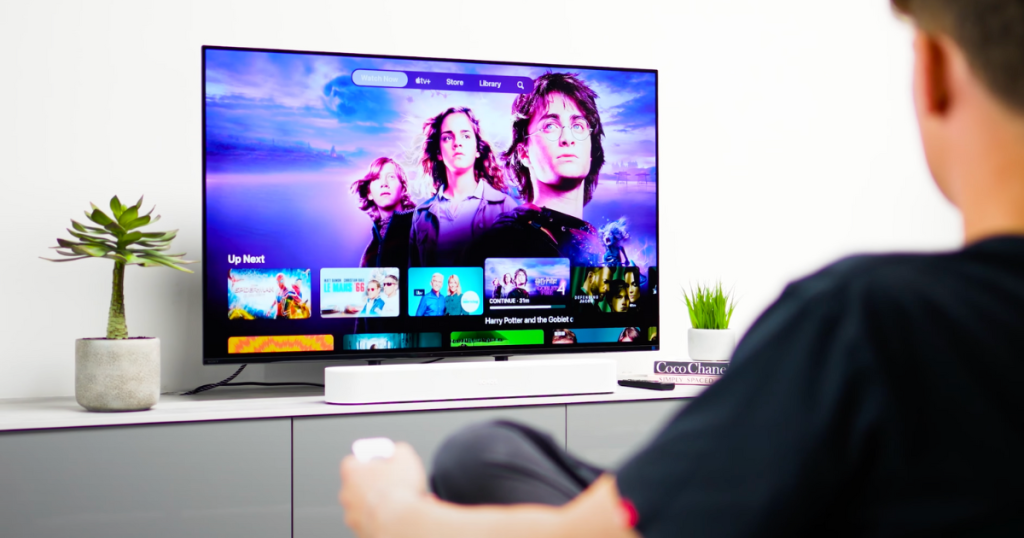
| OLED Pros | OLED Cons |
| ✅ Pure blacks & infinite contrast ratio | ❌ Entry level models may struggle with brightness |
| ✅ Impressive brightness in flagship models | ❌ Potential for burn-in |
| ✅ Punchy, vibrant colours | |
| ✅ Wide viewing angles |
Who Are OLED TVs Right For?
OLED TVs are perfect for movie and TV lovers who want the best picture quality and gamers who need lightning-fast response times, especially if you watch in a dark room or in the evening regularly.
Our Favourite OLED TVs
Please note: These rankings are based on our first impressions. Full testing is still to come, so things might shift!
QLED vs OLED: Which Is Better?
QLED and OLED are fundamentally different TV panel technologies, and deciding between them boils down to a few key differences. Here's a breakdown of the four key factors we recommend considering when choosing between QLED and OLED TVs:
Picture Quality:
For us, OLED wins thanks to its perfect blacks and infinite contrast, making it the ideal choice for a truly cinematic experience. That being said, QLED does offer good colour reproduction and a higher peak brightness, making it a suitable option for well-lit spaces.
Winner: OLED
Motion & Gaming:
OLED boasts the fastest response times and superior motion handling, perfect for competitive gamers. While QLED will be good enough for most gamers, OLED TVs deliver the ultimate edge when it comes to speed.
Winner: OLED
Brightness:
On the whole, QLED TVs tend to offer a brighter performance thanks to their LED backlight and quantum dot technology, making them a better choice for bright rooms. OLED brightness has significantly improved with newer models, but broadly speaking, they still can't quite match QLED in this area.
Winner: QLED
Price & Screen Size
Generally, QLED TVs are more affordable and offer a wider range of screen sizes. OLED TVs currently carry a premium price tag and tend to come in a more limited selection of sizes (there are exceptions). However, what you gain in terms of the stepped up cinematic performance is worth it, in our opinion.
Winner: QLED
| 💡 Remember: While OLED and QLED TVs offer their own distinct advantages, a big chunk of a TV's picture quality is dependent on its processing power. When comparing TVs, make sure you consider both the screen type and the processing capabilities, because a good TV with a powerful processor can sometimes bridge the gap between different types of panel technologies. |
QLED Vs OLED: Which Should You Buy?
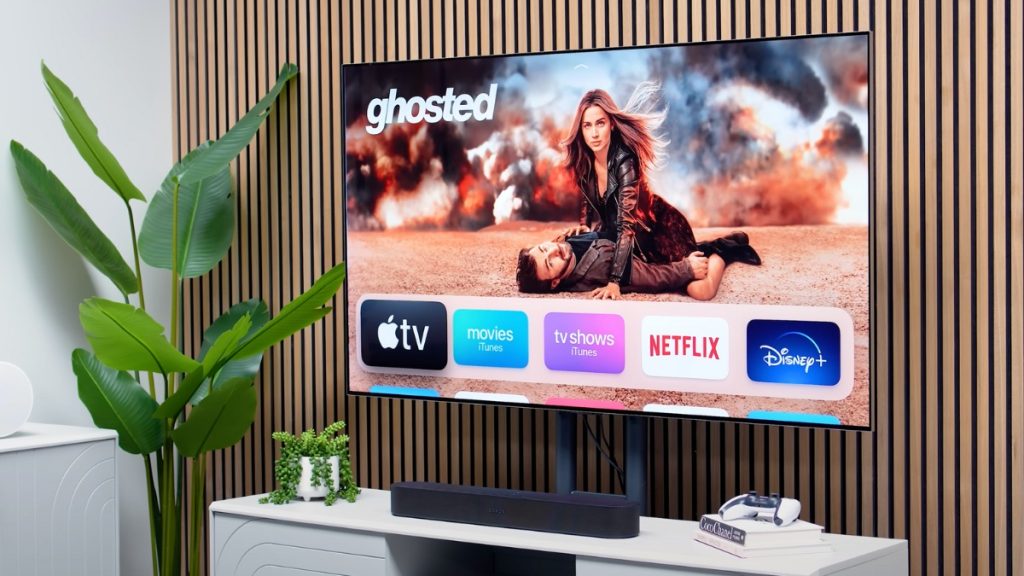
The constant battle for dominance among TV manufacturers has fuelled rapid innovation in the display technology landscape. While OLED TVs have traditionally reigned supreme for their inky blacks and cinema-like picture quality, 2024 has seen QLED and Neo QLED TVs improve significantly, offering their own benefits and considerably narrowing the gap in performance.
We still love OLED TVs for their exceptional cinematic picture quality. However, brands like Samsung are pushing boundaries with their latest Neo QLEDs, claiming they can now actively rival OLED in terms of performance. So, although they offer something different, this ultimately translates to more fantastic choices for consumers like us – a win-win situation!
Ultimately, the best TV is the one that wows YOU in your space. The key thing to remember is not to sweat if you end up having to choose QLED over OLED or vice versa - both offer amazing performance and are suitable for a variety of different use cases.
If you'd like any more information about anything that's been discussed, please reach out to info@smarthomesounds.co.uk, via Live Chat on our website or on 0800 677 1100 where one of our friendly advisors will be happy to help.
Other Useful Content
For more information about screen types and TV technology, please take a look at our TV Buying Guide.
More On TV Tech:
>> LED vs. OLED vs. QLED - What Do They All Mean and Which Is Right for Me?
>> Full-Array vs. OLED: The Differences That Actually Matter
Helpful content:
Video: How To Choose The Right TV Screen Size
Video: Sony Bravia 9 Review: Can It Compete in 2025?



